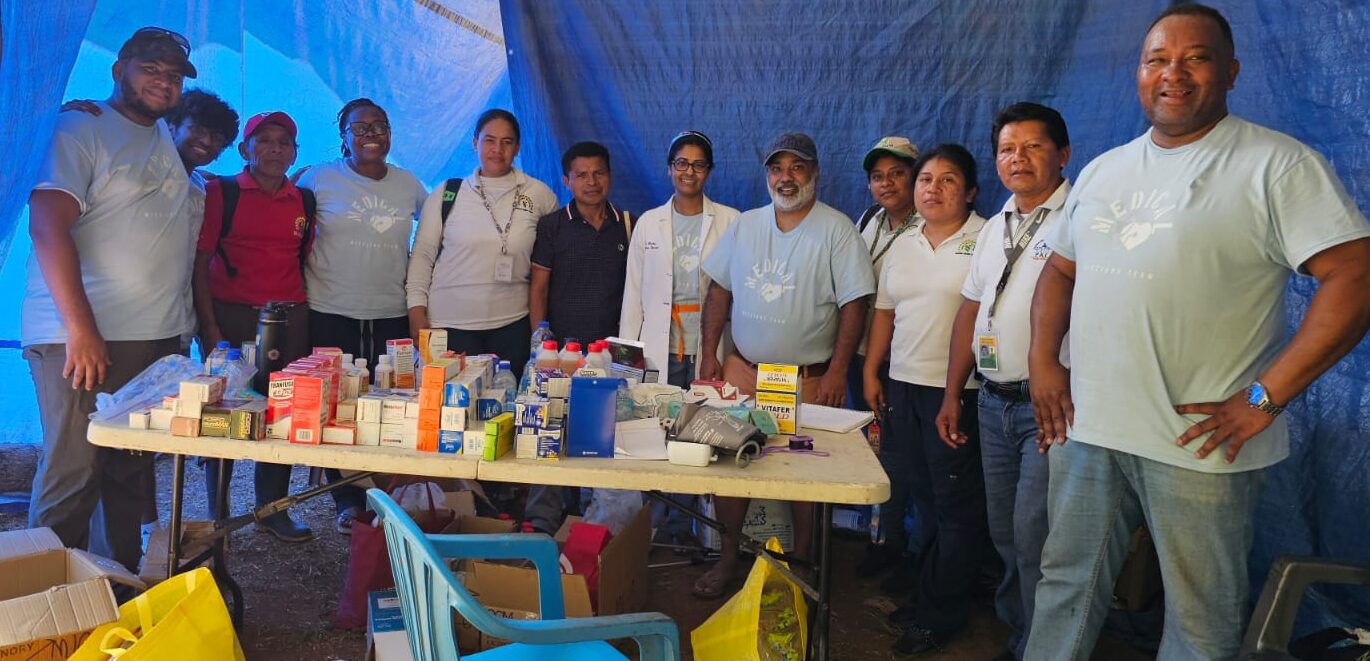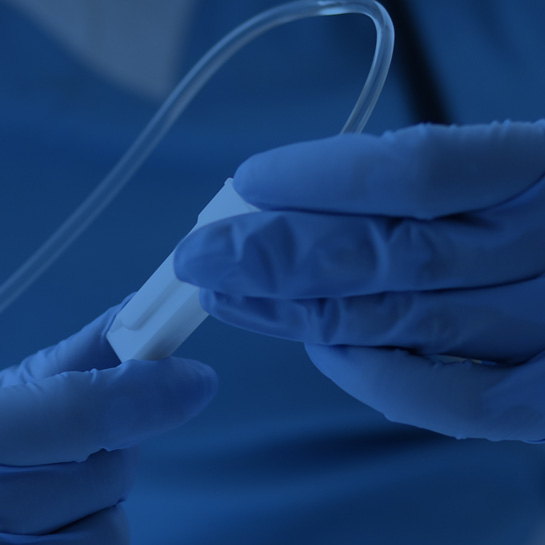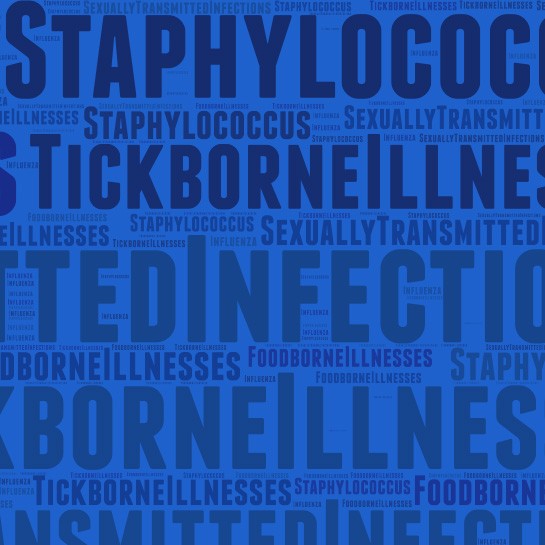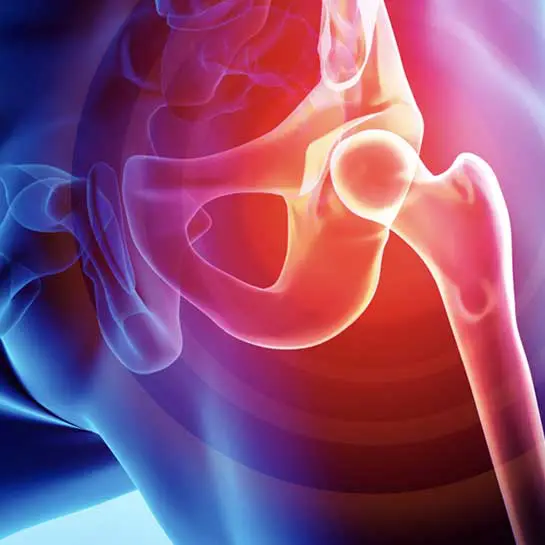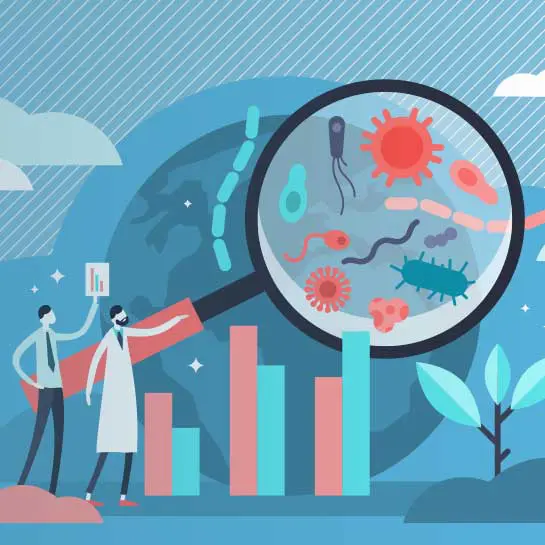Joint Infection
Treatment
Joint Infection Treatment
Joints are the junctions in our bodies where two bones link together. When working properly, they allow our muscles to move our bones so we can walk, reach, grasp, and more. If they are damaged, artificial joints can be inserted to preserve this mobility. However, if these sites become infected, you may experience many adverse symptoms and require medical attention. To receive effective infected joint treatment, make your appointment with the experts at ID Care today.

Signs and Symptoms
Artificial joint infections are caused by bacteria, a virus, or a fungus. Bacteria can infect an artificial joint by spreading through your bloodstream. Alternatively, any of these organisms can enter your body through an open wound, including during or after your joint replacement surgery. Patients with artificial joints may experience the symptoms of infection immediately following their surgery or even a few days or weeks later. The warning signs include:
- Joint pain
- Redness and swelling at the surgery site
- Fatigue or generalized weakness
- Wound drainage
- Limited range of motion
Diagnosis and Treatment
The pain associated with an artificial joint infection can easily be confused as the result of another surgical complication. However, the highly trained experts at ID Care will help you achieve the right diagnosis the first time. First, our team will perform an in-depth analysis of the fluid inside your joint. During this analysis, we will examine your white blood cell count and determine if bacteria or any other organisms are present.
If we find evidence of an artificial joint infection, we’ll get you started on a treatment path that’s right for you. Depending on your unique diagnosis, our team may recommend the following procedures:
Intravenous (IV) Antibiotics
When an artificial joint becomes infected, a biofilm can develop on the joint that protects the invading bacteria. To prevent the spread of infection and help remove this growth, IV antibiotics are administered. It can take anywhere for four to six weeks to completely resolve the infection.
Drainage
To rapidly clear your infection, the fluid inside of your infected joint will need to be removed. This process can be performed with a needle and syringe or by surgical means. If there is a great deal of fluid in your joint, drains may be left in place to help irrigate it.
Surgery
After the infection is removed, you may need a new prosthesis. In these cases, our team will refer you to a surgeon who will be able to work with your medical history. If it is not possible to replace your artificial joint, our team may recommend that you receive surgery to fuse your bones together.
SOURCE: Mayo Clinic
Schedule an Appointment Today
No matter what your infected joint treatment needs are, our dedicated staff will provide you with the support you need every step of the way. If you suspect you may have an infected artificial joint, schedule an appointment with our award-winning staff today. With locations throughout New Jersey, we make it easy for our patients to see us where it’s convenient for them. That way, they can get back on the road to better health quickly and easily. Call ID Care at 908-281-0221 for more information.

